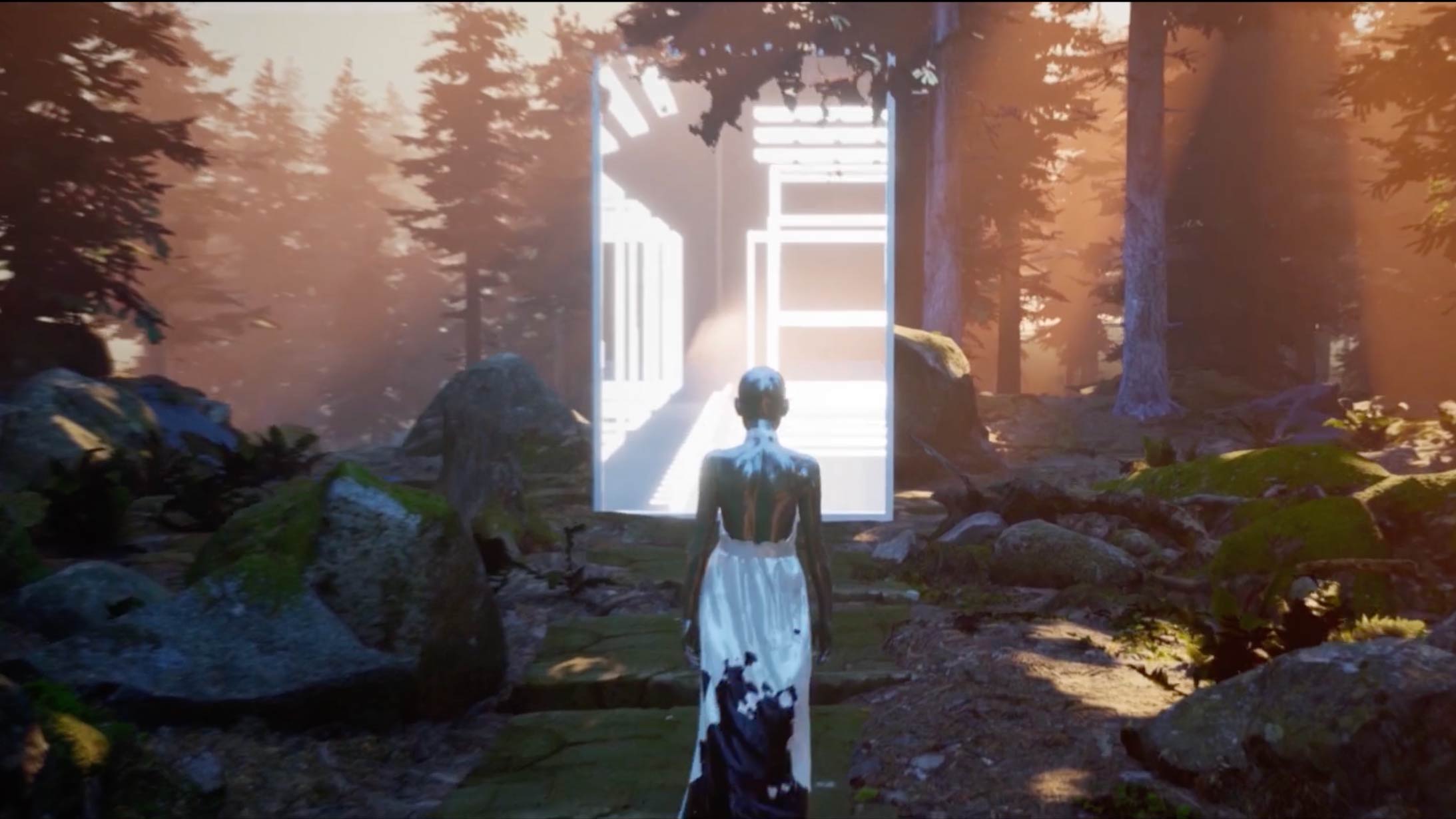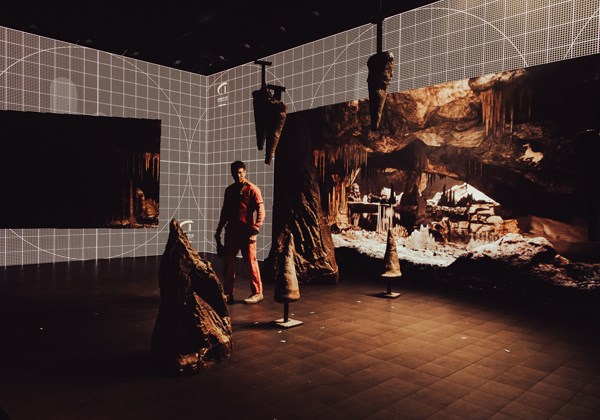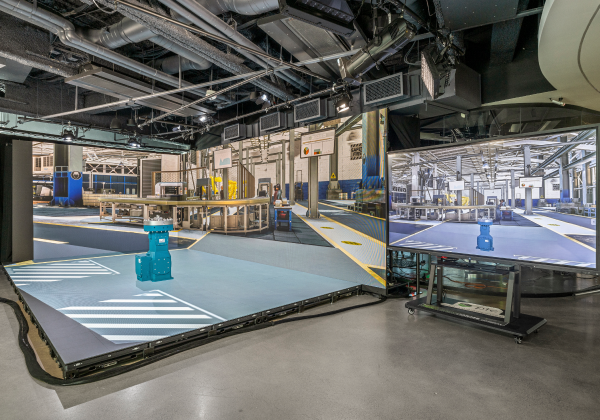
blog 2020 4 min read
xR delivers a sustainable solution to the future of fashion

With live events turning increasingly virtual, is it time to reimagine the way we experience live fashion shows too? We find out from Tupac Martir, Founder and Creative Director of Satore Studio.
Satore Studio are known for their creative visual design and immersive experiences in live fashion shows. They have been using disguise to push visual boundaries for shows from Hugo Boss to Christian Dior. So we sat down with them to chat about the potential of xR to take the future of fashion into the virtual space.
You have worked in the fashion industry for a long time now. When and how did you discover the potential of xR and virtual fashion shows?
I think as part of our process, as you say, we have been working in fashion for a while and have always looked for new ways to engage the audience. In the early days of 360, we did some work with Boss and Dior, trying to do things differently by creating content that no one else could have.
I think that is a similar strand of how we see xR, it is a new way of creating elements and opportunities for showcase, not only for the designer, but also for the public to engage with.
What benefits does xR bring to a fashion show that a traditional physical show could not?
I think that overall fashion is always about bringing you to new places and trying to recreate the world in which the collection should be shown in.
xR allows us to bring the collections into these worlds without the need of travelling to the mountains for example, and we can place it in any space imaginable by the designer.
With all the travel restrictions this is needed more so than ever. XR can bring those worlds to us and the collection can live there, without needing to send hundreds of people around the world.
You have recently worked with designer Marika Vera to showcase her work in a completely virtual space. How was this project received by the public and the industry?
We were super happy with it and it allowed people to finally understand what we were trying to explain. At the same time we also learned a lot, in terms of what things are needed and how we can supply the images that different people will need.
Watch the video here.
Have you seen any other uptake in the industry for this virtual alternative, and if so, can you tell us about some of the interest you are aware of?
I have seen quite a few different takes on it and more people are moving into virtual fashion, which is great, since there are big opportunities and more to come with the sustainability that this workflow brings.
The onset of the pandemic has already accelerated the adoption of XR across a number of industries (music, broadcast, corporate). Can we expect fashion to follow this example on a larger scale too?
I think so, although you can see that many designers are finding it difficult, while others have taken it in their stride. So I think slowly we will see more designers adopting XR as a way to present their collections and shows.
What are the main challenges to XR becoming a widely accessible tool to fashion?
Firstly I think, they need to understand what is possible and what can be created, because many of them still see it as black magic.
Secondly, as we keep showing the opportunities it holds creatively whilst meeting their needs and how much we can actually help in the process, I think more and more of them will move to XR.
How do you see the marriage of fashion and technology evolving in the next five years?
We see more shows and especially elements of digital garments. Currently, we are already seeing these virtual humans that are signing contracts. So I think it is only a matter of time before the industry finds that this is another element of their creativity.

